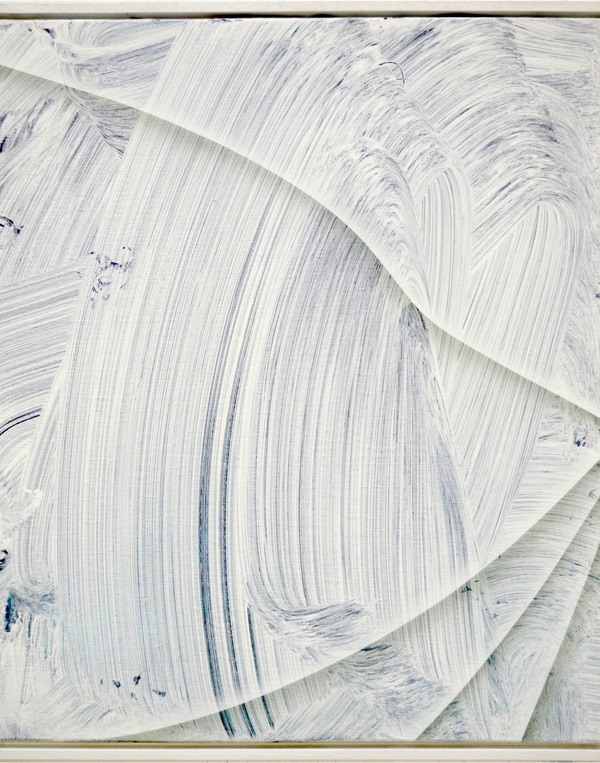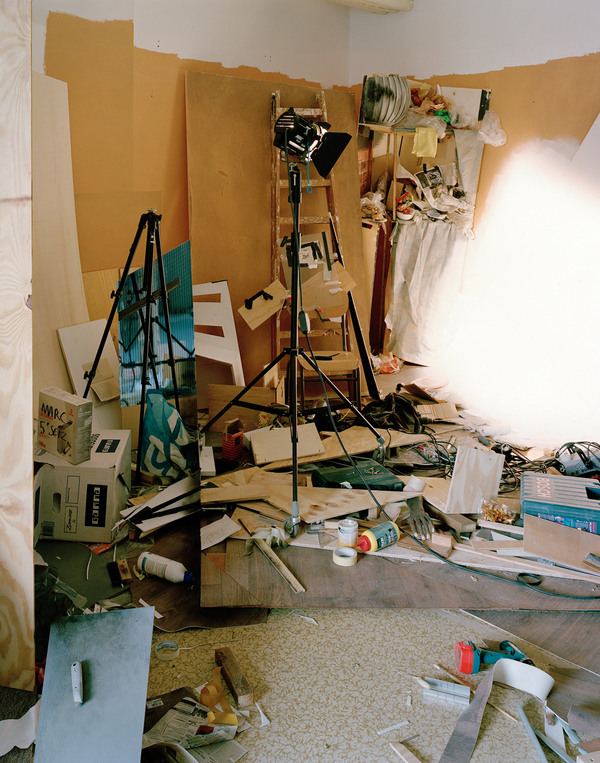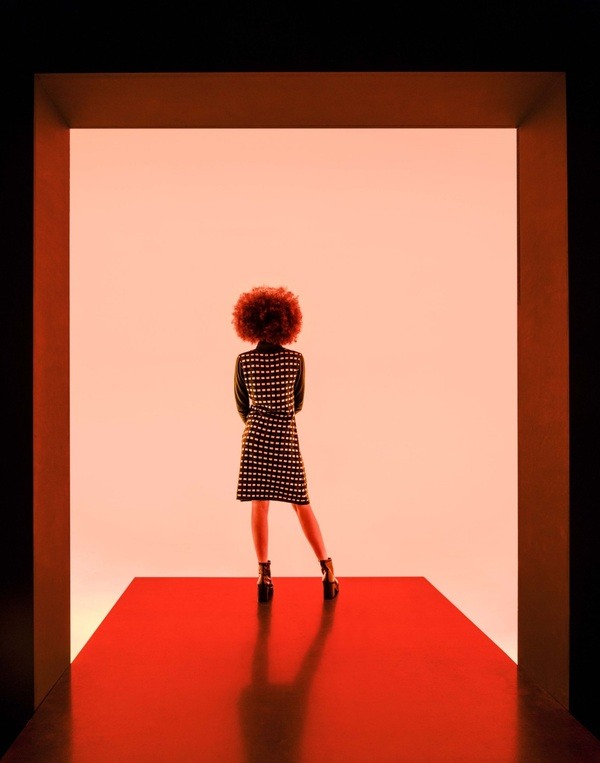phantom limb
art beyond escher
‘I could not resist fooling around with our established certainties.’ This statement by the famous graphic artist M.C. Escher is the starting point for the exhibition Phantom Limb: Art beyond Escher. In this exhibition, ten contemporary artists from the Netherlands and abroad present an alternative reality. Their works play with contrast, light, order, perspective, infinity and spatiality to create seemingly impossible worlds that provoke alienating physical experiences. The exhibition will run from 26 January 2018 to 6 January 2019 at the Museum of Friesland in Leeuwarden and is part of Leeuwarden-Fryslân European Capital of Culture 2018.
Phantom Limb: Art beyond Escher shows 25 works by which renowned artists and up-and-coming talent challenge our reality. From the disorienting work of Thomas Huber (Switzerland, 1955) and the modern trompe l’oeil paintings by Lieven Hendriks (The Netherlands, 1970) to the immersive installation of Matthijs Munnik (The Netherlands, 1989). In his installation Luminal, this young artist plays with depth and colour. Without perspective what remains is an infinite, colour-rich void.






